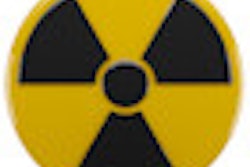Although thyroid cancer's overall contribution to the worldwide cancer burden is relatively small, incidence rates have increased over the last three decades, according to researchers from the National Cancer Institute (Clinical Oncology, February 4, 2011).
Studies of atomic bomb survivors and populations treated with radiotherapy have established radiation as a risk factor for thyroid cancer, particularly from early life exposure.
Worldwide, medical and dental x-rays constitute the most common type of diagnostic medical exposures, but their contribution to the cumulative effective dose is relatively low, whereas computed tomography (CT) scans account for 7.9% of diagnostic radiology examinations but 47% of the collective effective dose from diagnostic radiation procedures in parts of the world.
About 0.62 millisievert (mSv) (20%) of the global annual per caput effective radiation dose comes from diagnostic medical and dental radiation for the period of 1997 to 2007, up from 0.4 mSv for the years 1991 to 1996, the researchers noted.
"This international trend of increasing population exposure to medical diagnostic sources of radiation, attributed in large part to the growing use of computed tomography scans, but also interventional radiology procedures, has raised concerns about exposure to radiosensitive organs such as the thyroid," they wrote.
Although the radiation exposure from CT scans is substantially lower than that from radiotherapy, multiple CT scans could result in nontrivial cumulative doses to the thyroid, they added.


















